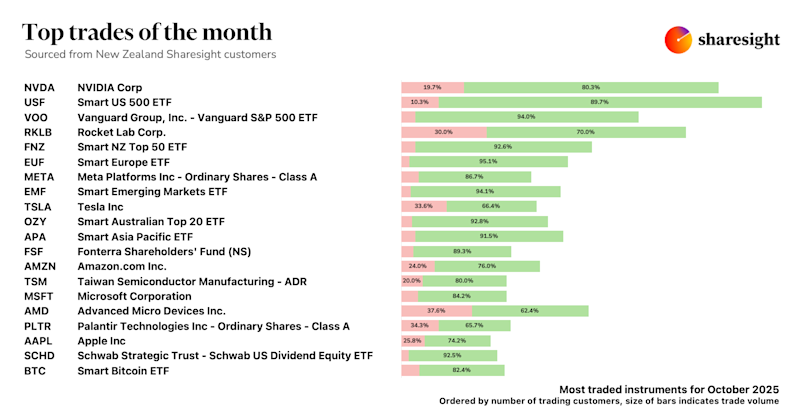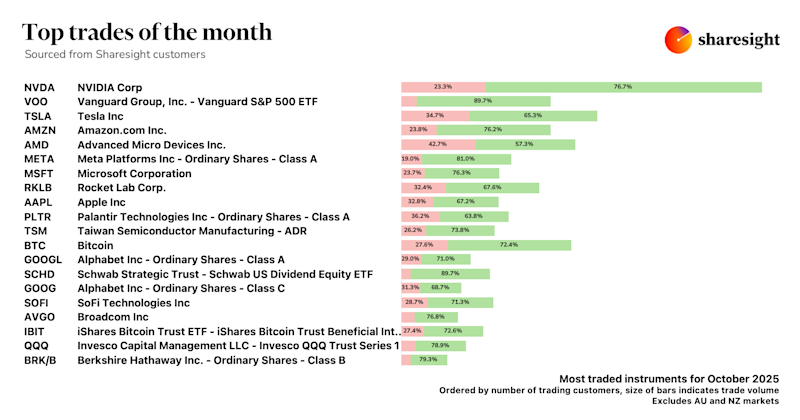Top 10 mistakes financial advisers make with their clients
In today’s competitive financial advice landscape, the ability to nurture relationships with your clients can make or break your business. No matter how experienced you are, it’s easy to overlook things you could be doing that are potentially driving away clients and making them feel disengaged. In this article, we discuss the 10 most common mistakes that financial advisers make with their clients (and how to avoid them).

1. Failing to understand the client’s true goals
Jumping straight into investments without fully understanding a client’s values, lifestyle aspirations or risk tolerance is a huge (but common) pitfall. Finances are deeply personal, and clients want to feel heard. To avoid this, be sure to start every relationship with in-depth discovery sessions. Ask open-ended questions about your client’s long-term dreams, family priorities and career goals, and use what you learn to guide every recommendation.
2. Overwhelming clients with jargon
Using terms like “safe harbour”, “managed discretionary account”, “benchmarking” or even “diversification” may seem straightforward to you as an adviser, but this type of jargon can confuse and overwhelm some clients. Every client will have a varying level of financial literacy, so it’s always safer to assume they are on the lower end of the scale. Always include definitions in your SoA and other documents, and wherever possible try to replace industry jargon with more relatable language, especially in your conversations with clients. If you can, use analogies or visuals (e.g., comparing diversification to “not putting all your eggs in one basket”) to make concepts intuitive.
3. Ignoring behavioural biases
Clients’ emotions often drive decisions more than logic. Fear during market downturns can cause panic selling, while overconfidence in rising markets may lead to excessive risk-taking. Herd mentality can make clients chase trends rather than stick to a disciplined plan. Dismissing these behaviours can result in costly mistakes and undermine long-term goals.
The best way to address this is by incorporating behavioural finance insights into your strategy. Educate clients about common biases, help them recognise emotional triggers, and provide tools like scenario modelling or visual portfolio projections to illustrate potential outcomes. Encourage clients to focus on factors within their control, such as their savings rate, diversification, and long-term strategy, rather than short-term market movements. By acknowledging behavioural tendencies and guiding clients through them, you can protect clients’ portfolios, reduce anxiety and strengthen trust in the relationship.
4. Under-communicating during market turbulence
When markets plummet, silence from an adviser can leave clients feeling anxious, uncertain, or even distrustful. In times like these, it’s important to be proactive — not just with your investing strategy, but with your communication. Keep clients in the loop by sending market updates that provide context, scheduling quick check-in calls, or sharing educational resources to help them understand what’s happening and why. Even brief, timely communication can demonstrate leadership, reinforce your expertise, and show clients that you genuinely care about their financial wellbeing, helping them stay focused on long-term goals rather than short-term volatility.
5. Focusing only on investments
Good wealth management isn’t just about returns. Advisers who ignore tax strategy, estate planning, or insurance leave value on the table. It’s crucial to take a holistic approach and offer guidance on areas beyond the portfolio to ensure clients’ entire financial needs are covered. Collaborating with specialists, such as tax advisers, estate planners, and insurance experts — or leveraging software that integrates these areas — can help you deliver truly comprehensive advice and avoid gaps that could cost clients in the long run.
6. Neglecting customisation
Using generic portfolios and standard reporting tools can make clients feel like just another number, and may lead them to question the value of the premium they’re paying for your expertise. Always tailor your recommendations to each client’s time horizon, risk appetite, and life stage. Small personal touches — such as aligning investments with their values — can make a big difference. On the tech side, choose reporting tools like Sharesight that allow white-labelling and customisation, allowing you to strengthen your brand and deliver personalised reports that add value for clients.
7. Failing to set clear expectations
Unclear SLAs or fee structures can quickly create confusion, frustration, or even mistrust. Clients need to know exactly what they’re paying for and what level of service they can expect. Avoid this from the outset by clearly explaining how often you’ll meet or review their portfolio, what services are included in your offering, how fees are structured and calculated, and what happens if additional work is required.
Consider providing this information in writing, such as through a client engagement letter or SLA, and use plain language to avoid jargon. Revisit these expectations regularly, especially if the client’s circumstances change, to ensure there are no surprises and that trust remains strong throughout the relationship. Clear communication at every stage helps clients feel confident, valued and informed.
8. Overpromising and under-delivering
While it may be tempting to make ambitious promises to impress clients, overly optimistic return projections or unrealistic timelines can quickly backfire and damage trust. To avoid this, always set conservative, achievable expectations and emphasise factors clients can influence — such as their savings rate, spending habits, asset allocation and portfolio diversification. Use historical data carefully to illustrate potential scenarios without presenting them as guarantees, and make sure clients understand that markets fluctuate and past performance is not indicative of future results. By focusing on what’s controllable and maintaining transparency, you can build credibility, manage expectations effectively, and foster long-term client confidence.
9. Neglecting technology and security
Relying on outdated tools or failing to safeguard sensitive information can be extremely costly, both financially and in terms of client trust, because it only takes one data breach to damage your reputation. Make it a priority to invest in secure, modern technology across all aspects of your business, from portfolio reporting to client communications. Trusted tools like Sharesight not only help you provide transparency and streamline reporting, but also protect client data with robust security measures such as 2FA, encryption, SOC 2 type 2 certification and more.
Also be sure to take the time to evaluate your technology providers carefully, asking the right questions about encryption, access controls, and data backup protocols to ensure your clients’ information is safe and your practice remains compliant. For more guidance, see our article on protecting client data.
10. Failing to nurture long-term relationships
Some advisers focus heavily on client acquisition but neglect the ongoing effort required to maintain strong relationships over time. Avoid this trap by staying connected beyond the standard annual review. Small gestures, such as sending a note on birthdays, acknowledging personal milestones like paying off a mortgage, or checking in during major life events, can make a meaningful difference. Proactively adjusting plans as clients’ circumstances change also demonstrates attentiveness and professionalism.
Over time, these consistent, thoughtful interactions help build trust and deepen engagement. They also foster long-term loyalty by showing clients that your commitment goes beyond portfolio management and reflects genuine care for their financial and personal wellbeing.
The takeaway
Avoiding these mistakes is about building trust, demonstrating value and creating lasting relationships. Advisers who listen deeply, communicate clearly and build an effective and secure tech stack are the ones who stand out.
Looking to deliver a more seamless, secure client experience? Modern portfolio tools like Sharesight can help you provide the transparency and confidence today’s investors expect — freeing you to focus on what matters most: your clients.
Start a 14-day free trial and see how you can transform your practice with Sharesight.

FURTHER READING

Sharesight product updates – November 2025
This month we introduced our new calendar feature, a dividend insights pane on the holdings page, and improved billing flows for a smoother user experience.

Top trades by New Zealand Sharesight users — October 2025
Welcome to the October 2025 edition of Sharesight’s trading snapshot, where we look at the top 20 trades made by New Zealand Sharesight users.

Top trades by global Sharesight users — October 2025
Welcome to the October 2025 edition of Sharesight’s trading snapshot, featuring the top 20 trades made by Sharesight users worldwide.